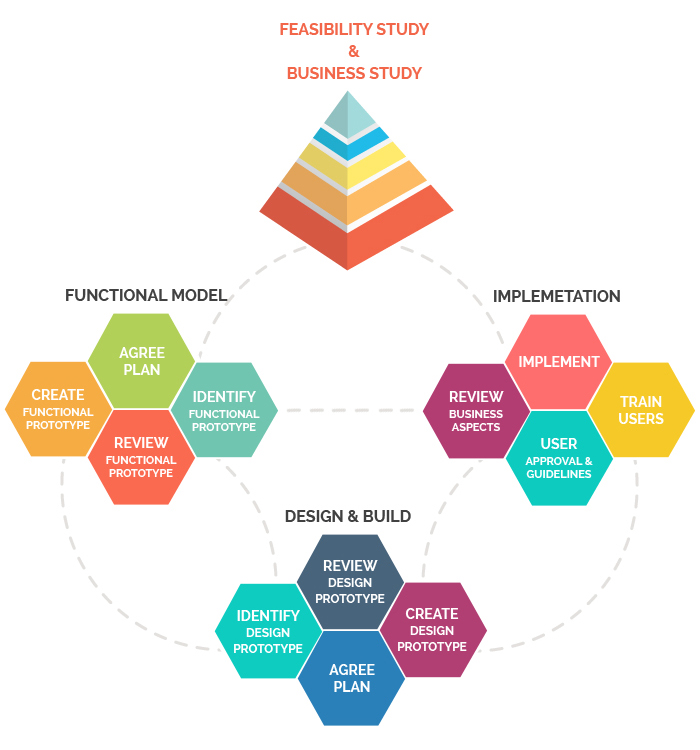

Often a customer is able to define set of goals for software but does not identify input details, processing and output requirements. Student academic project may be one of the examples where this model can be used.

Most specifically this model is used for small project where requirements are fixed. This model is easy to understand, every phase must be strictly followed in the sequence. This model is also called as Waterfall Model or Classical Life Cycle Model. Every phase produces deliverables at each stage, which is used to construct next phase. Each phase must be completed before you can proceed to the next phase. This model follows sequential and step by step approach of SDLC. The working of linear sequential model, prototyping model and evolutionary model with advantages and disadvantages. Care of the quality about software must be taken from the very first stage of the software development process. Software Quality Parameters: “Quality is not a feature which can be incorporated once the software is developed”.

Is the endless procedure, it has three activities- correcting errors, improving for correctness, installation or deployment. Here the design is translated into machine readable form that is coding.īefore release, software must be tested to remove the errors and to be checked for its validity about requirement fulfillment.

This phase serves a document which gives detail information about- software architecture, data structure, interface and procedure or algorithm details to be used as per the requirement of the project. Planning document which has planning about resources, product and processes. SRS is used as a tool for the assessment of quality once the software is developed. This includes details about – problem recognition, evaluation and synthesis, modeling, system specification and review. This phase contains SRS (Software Requirement Specification) document. These all types of models follow the common approach of SDLC with slight difference in their execution process. Software Process Models (SPM) has three main categories those are as follows: Software Development Life Cycle (SDLC) has family that contains software process models which follows the framework of SDLC. The Software Development Life Cycle includes following phases: SDLC gives the step by step, disciplined and measurable approach for developing good quality software. And the most important is customer’s satisfaction about requirement fulfillment.Software should be developed within the budget mentioned by customer.To deliver the software in timeline/deadline given by the customer.In development of software, use of Software Development Life Cycle serve the purposes such as: Software development cycle and Software Process Models.Ī software development life cycle (SDLC) is a hypothetical structure which explains all process activities in a software development with its stages and tasks involved in each step from planning to completion of support and maintenance. Select the appropriate Software Process Model for the given scenario


 0 kommentar(er)
0 kommentar(er)
